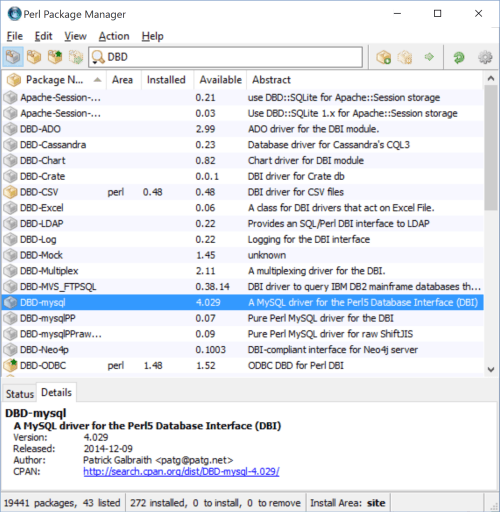Last week it came to light that Public Health England (PHE) had “lost” nearly 16,000 COVID-19 Test Results.
The issue arose by the way the health agency compiled results from the various commercial firms paid by the UK government to analyze Coronavirus swab tests of the public, to discover who has the virus.
These private firms provided their data in the form of CSV (Comma Separated Values) files – essentially text files.
PHE had set up an automatic process to pull this data together into Microsoft Excel templates so that it could then be uploaded to a central system. From there it could be made available to the NHS Test and Trace team, as well as other government agencies.
The problem was that PHE’s own developers picked an old Excel file format to do this – XLS.
Excel’s XLS file format dates back to 1987, and was superseded by XLSX in 2007.
In the original XLS format, each file could only handle around 65,000 rows of data. The more modern XLSX format can handle one million-plus rows!
As a consequence of using the outdated XLS format, nearly 16,000 positive Covid-19 test results were “truncated” and not correctly recorded.
Whilst the 15,841 individuals who tested positive were themselves notified of their result and told to self-isolate, the people they’d been in recent contact with weren’t.
It’s estimated that in the region of 40,000+ contacts were not traced by the NHS’s Test & Trace team simply as a result of PHE using obsolete software.
Why were Public Health England using 13+ year old software?
There are many reasons why many organizations continue to use outdated software in their operations.
These may include;
Cost
One of the most common reasons for not updating software is the cost. For large organizations which may have thousands of workstations and devices, the cost to keep software up-to-date can be prohibitive. Good businesses will plan and budget for these large expenditures and take advantage of bulk discounts and site-wide software licenses.
Compatibility
Most businesses use multiple software products from different vendors. Often compatibility between these products is required. Not all software titles used by a business are regularly updated by their developers. Some may not have been updated for several years! Often a factor preventing organizations from updating software to more recent versions is when there’s a risk that doing so would break compatibility with other software they use that’s not been updated for years.
This is actually one of the reasons that Internet Explorer 6 and then 8 stayed around for so long. These were aging browsers, but many 3rd party web applications which hadn’t been updated in years wouldn’t run in more modern browsers. This effectively forced Microsoft to continue providing support for their fledgling browser for years.
Human Resources
Some organizations lack the in-house personnel or expertise to roll out company-wide software updates. Again, cost can be a key factor here.
Other organizations “outsource” their IT, and rely on a 3rd party provider to keep all their software up-to-date. Most IT providers will routinely do this. However, some take the attitude that if the customer doesn’t know – or isn’t asking – about updating software on their systems, then why do it?
Business Interruption
Some organizations are concerned that a large scale roll-out of a software update company wide could cause or “down-time” or other unintended issues. This may intern affect staffs ability to do their work.
A “phased” upgrade approach – rather than updating every device at the same time – may be more sensible. However, this approach could result in compatibility issues if some staff are using a newer version of certain software, at the same time that other staff are still using the older version.
We suspect in the PHE case, the key factor inhibiting upgrading from 13+ year old software was cost.
When it comes to publicly-funded health services, the general public would rather their taxes be spent on front-line services, rather than on back-end computer systems and software.
As this case has highlighted though, running obsolete software can potentially put peoples lives at risk!
Why keep your MIDAS system up-to-date?
We know many of our self-hosted customers continue to run obsolete and out-dated versions of our MIDAS room booking software.
We’ve been developing our software for over 15 years now, and regularly release software updates. Yes, we’re aware that there some very old MIDAS systems still in operation.
We strongly encourage all customers to keep their MIDAS systems up-to-date.
For our cloud-hosted customers, we do this for you! You’ll always be running the most recent version of our software, as we seamlessly keep your system updated.
For self-hosted customers, you can quickly check for updates with just a couple of clicks. Simply login to your system and go to MIDAS Admin Options → Manage MIDAS → Update.
You’ll need an active Support Subscription in order to obtain updates. If you don’t have a subscription, or your subscription has elapsed, you can quickly purchase/renew at mid.as/renew.
Updating means that you’ll have access to all the very latest new and improved features. More importantly, ensuring you’re running the most recent version means you’re not missing out on any important security patches and updates to keep your MIDAS system safe & secure.
We’d therefore like to encourage all self-hosted customers to take a few moments to check your MIDAS system is up-to-date.


